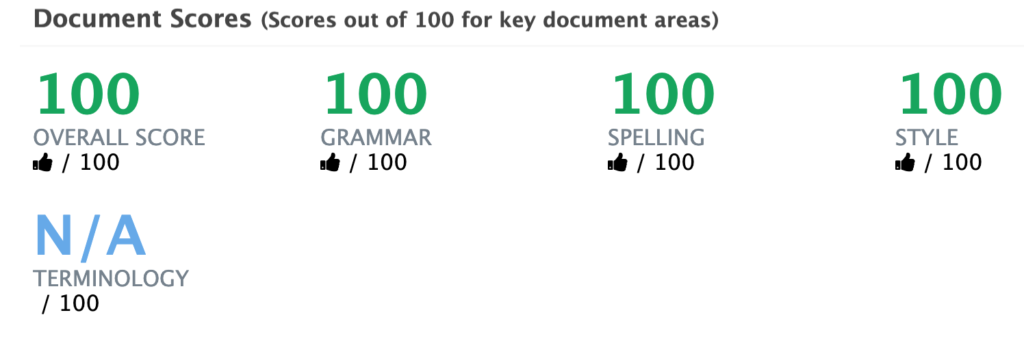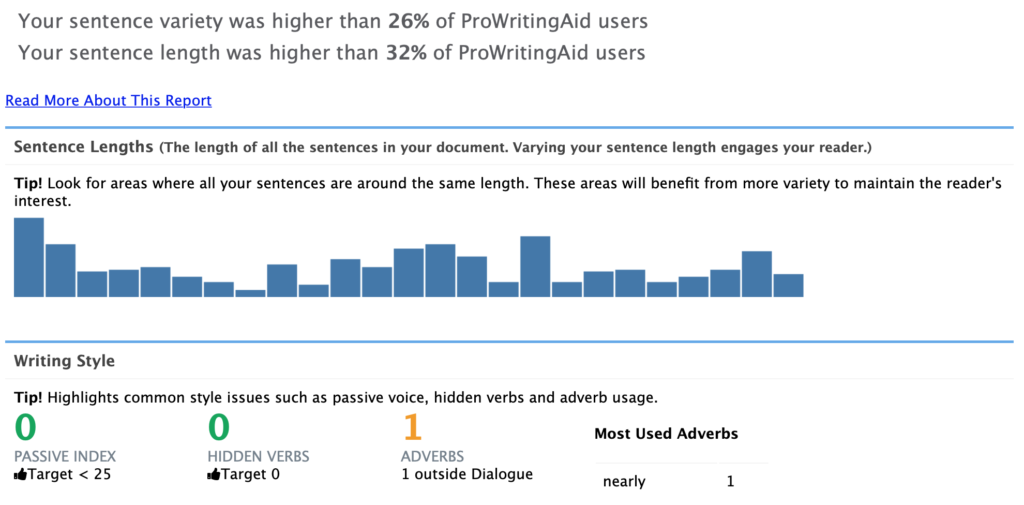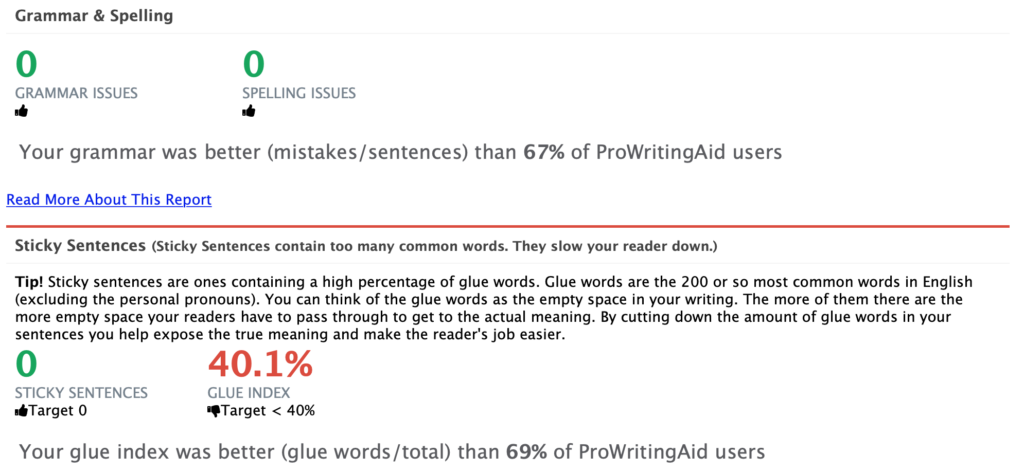I’ve tested several English writing aids, tools that improve our writing and grammar. We have come a long way since the first, primitive spell checkers.
“If you propose to speak, always ask yourself, is it true, is it necessary, is it kind?” To mirror our current reality, I took the liberty to update this Buddhist saying.
“If you propose to post, always ask yourself, is it true, is it necessary, is it kind—is it well written?”
The way you say what you say matters, language matters.
Grammarly and ProWritingAid are by far the best English writing aids. Accuracy is similar in both apps; none is perfect. Since they are prone to miss different issues, using both improves our documents.
Grammarly is faster to use. ProWritingAid gives you more help—and work as well—for it goes into more details. To write a 100% satisfactory document for ProWritingAid is no mean feat; but you must be prudent since several suggestions, even though they may lighten the writing, will change your style.
Both apps allow you to save your documents in their clouds, which is an excellent facility for storage and quick editing. Both have browser extensions that will help to improve your writing nearly anywhere on the web.
Writing aids are like GPS instructions. They get you to your destination when you don’t know the route, and the more you know, the better they will serve you.
Bottom-line: Both are excellent tools. Grammarly is better suited to blogs, posts, and short essays. ProWritingAid appeals more to the professional author aiming at near perfection. Combining them is the top choice. None turns the pro copy editor superfluous yet. I recommend both apps for native and non-native English speakers. Because one is a native speaker does not mean one doesn’t commit language blunders or cannot improve. Both apps will turn you into a better writer.
See also “Recipe for answering questions.”
To achieve such a document score, you must work hard, especially in longer documents. PWA will detect colloquialisms, cliches, too many glue-words, passive sentences, sentence structure and variation, and much more.

You can see your sentence length at a glance. Varying the length of sentences makes it for more engaging reading.
Use adverbs with moderation in creative writing and outside dialogues. I use one adverb in my text, which is OK. Hidden verbs make for more difficult reading. PWA warns you of such instances.
Passive sentences are unclear. Write who, what, and when in unequivocal terms.

Sticky sentences contain too many common words and are not interesting for the reader. The optimal percentage is up to 40%. PWA gives my text a thumbs down by 0.1% which means it is virtually OK. I could correct that but I choose not to do it for it would change the style or tone of my post.
An interesting note: PWA warns me (not shown here) that “virtually” may be unnecessary. PWA is right. I disregard it, though, to give you an example of the depth of the app’s analysis.

A dynamic vocabulary makes for compelling reading. Readability measures show you how you can expect your readers to understand your message. Flesch over 60 is a must when you address readers at large. When you write to educated readers, the reading ease score may be lower. If you expect your audience to be non-native English speakers, keep your writing close to Flesch 60. In this caption, the vocabulary is more dynamic than 85% of ProWritingAid users and the Flesh score is 61%.

Featured artwork by Anton Antonsen, photo by Roman Kosolapov.
Featured Course of the Week
Ethology Ethology studies animal behavior in its natural environment. It is one of the fundamental courses in your curriculum. A reliable knowledge of animal behavior is the basis to create a satisfying relationship with any animal we train.
Featured Price: € 168.00 € 98.00

Take a look at Ethology and Behaviorism. Based on Roger Abrantes’ book “Animal Training My Way—The Merging of Ethology and Behaviorism,” this online course explains and teaches you how to create a stable and balanced relationship with any animal. It analyses the way we interact with our animals, combines the best of ethology and behaviorism and comes up with an innovative, yet simple and efficient approach to animal training. A state-of-the-art online course in four lessons including videos, a beautiful flip-pages book, and quizzes.


